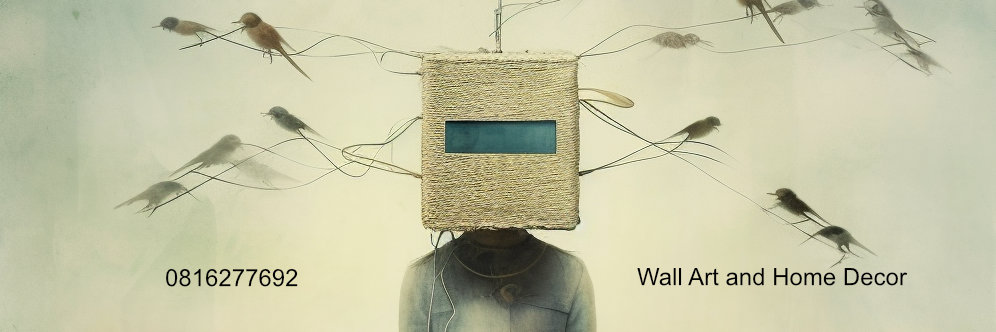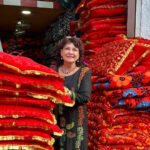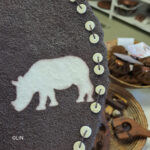IN THE PALM OF YOUR HAND

Clay pots of our ancestors tell our stories today.

Meet Ndateelela Gabriel, an incredible eighty-four-year-old woman from Eemboo village in the Ohangwena region.
She has been making clay pots for as long as she can remember. This special craft has been passed down through generations of women in her family and is a cherished tradition of the Owambo people, to which she belongs. The Owambo culture consists of seven tribes, and Mrs. Gabriel’s ancestors, the Kwanyama, originally hailed from central Africa’s lake areas. They settled in their current region around 1700. The clay pots they create hold fascinating information about our past.
Clay pots have amazed archaeologists because they are so durable. These ancient vessels have provided valuable insights into the beliefs and art of civilizations long gone. In the Czech Republic, for example, a small clay figurine of a naked woman was discovered, and scientists have determined it to be around 29,000 to 25,000 years old. In Sub-Saharan Africa, the oldest clay pot found dates back to 9,500 BCE. Even today, people continue to make clay pots for fun or everyday use.
Mrs. Gabriel focuses on making clay pots for cooking, not for selling. Each pot has a name that tells us its purpose. The “oluyo” is a container for liquids, the “Ombiga” is perfect for cooking, the “Etiti” is designed for eating, and the “Okambundju” serves traditional beer. She collects the clay herself, mainly in the regions of Omusati, Oshana, Ohangwena, and Oshikoto. Using her hands, she digs about half a meter beneath the surface to find the best clay, often near water sources. She says that the ideal time to collect clay is before sunrise, during a new moon, and from the end of winter to the beginning of the rainy season. To shape her pots, Mrs. Gabriel uses an ox’s hoof and rib. After they dry, she bakes them in a large hole dug in the ground. To fuel the fire, she uses tree bark and cow dung.
Not only has Mrs. Gabriel mastered the art of pottery, but she has also raised eleven children and is now caring for three grandchildren and two orphans. She believes it is essential to pass on their traditional culture and has raised her children with the lessons taught by her clay pots.
In a world where things are often discarded quickly, it’s remarkable to think that Mrs. Gabriel’s pots might be discovered centuries from now, revealing our stories to future generations.
If you’re interested in traditional clay pots from the north, you can find them for sale at the market across the road from the Prison in Swakopmund. It’s a chance to connect with Namibia’s rich heritage through these beautiful and meaningful creations.





